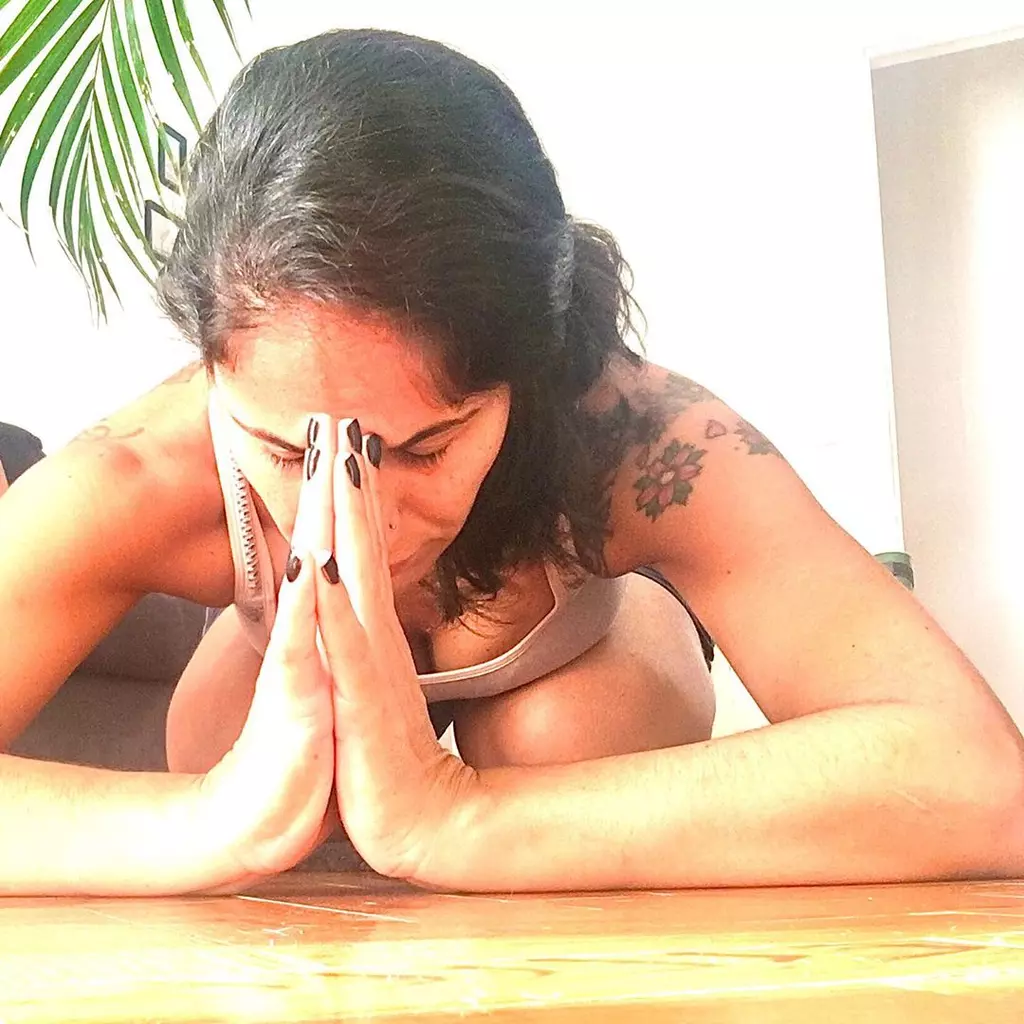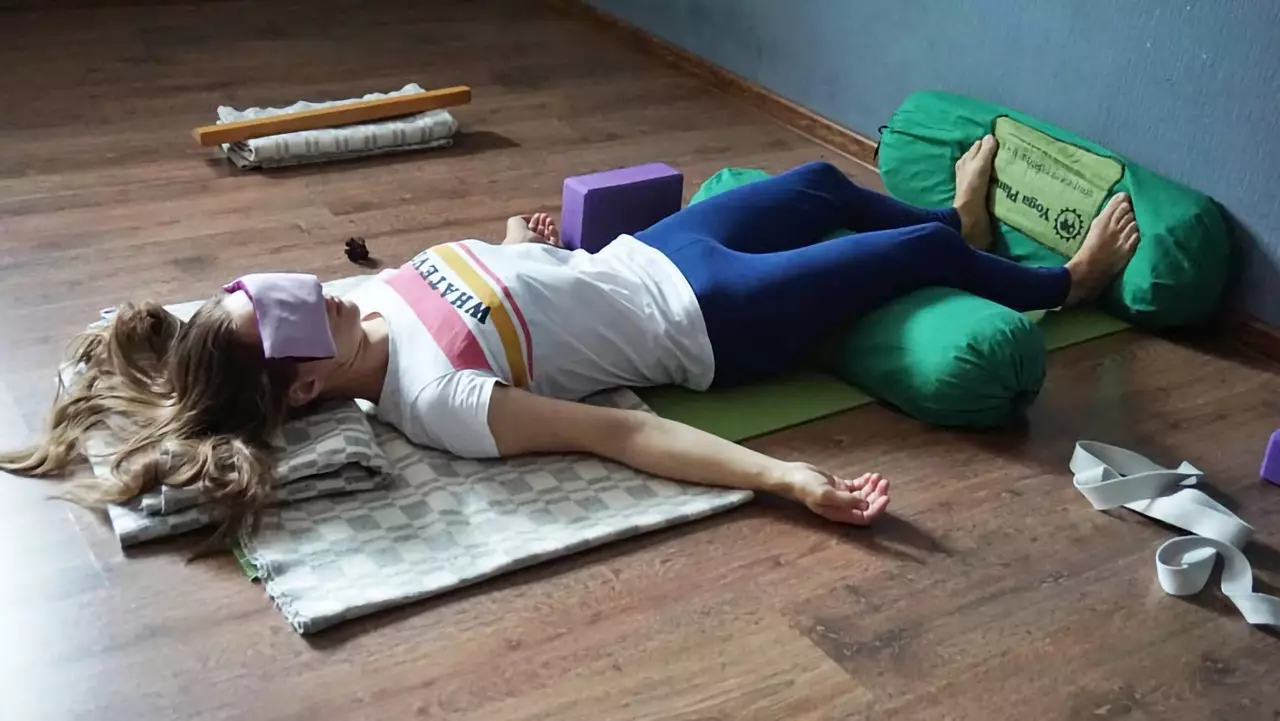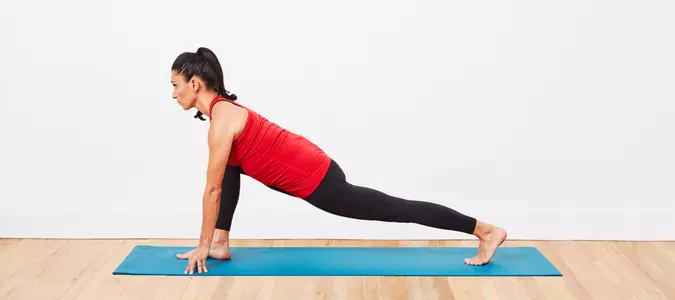

5 of the Most Popular Meditation Techniques
Meditation has been at the forefront of mental health discussions over the past few years and with so many different ways to practice, it may be hard to decide on a method for yourself.
Continue on for a brief overview of five effective meditation techniques.

Zen meditation
The ancient Buddhist tradition of zen meditation involves following the breath in and out of the body. The goal is to create a sense of presence and alertness while easing the mind into a calm state.

Mantra meditation
Sometimes your mind may wander during meditation, but that isn’t necessarily a bad thing. Using a mantra such as a short phrase or sound that can help you slowly bring your focus back inward.

Yoga meditation
Many different styles of yoga, such as Kundalini yoga, exist to strengthen the nervous system. Shavasana (the relaxation pose) is often used to cool down from a yoga session and it’s a great way to center yourself for a proper meditation session.

Sound Bath meditation
Often practiced by appointment and in a group setting, sound bathing is a great way to achieve peak relaxation through soothing noises. Instruments like chimes, gongs and Tibetan singing bowls are often used for this type of meditation.

Vipassana meditation
Also known as insight meditation, the Vipassana method suggests using a quiet space to focus on physical sensations while counting breaths in order to calm the mind. In Seattle, this particular type of meditation was used on inmates at King County jail, and over four years led to a 20% decrease in returning inmates.







